PPT-Kindergarten Orientation
Author : giovanna-bartolotta | Published Date : 2020-01-13
Kindergarten Orientation May 14 2019 Orientation Information Welcome Our Day Curriculum Science Social Studies ELA and Math How can I help my child prepare for
Presentation Embed Code
Download Presentation
Download Presentation The PPT/PDF document "Kindergarten Orientation" is the property of its rightful owner. Permission is granted to download and print the materials on this website for personal, non-commercial use only, and to display it on your personal computer provided you do not modify the materials and that you retain all copyright notices contained in the materials. By downloading content from our website, you accept the terms of this agreement.
Kindergarten Orientation: Transcript
Download Rules Of Document
"Kindergarten Orientation"The content belongs to its owner. You may download and print it for personal use, without modification, and keep all copyright notices. By downloading, you agree to these terms.
Related Documents

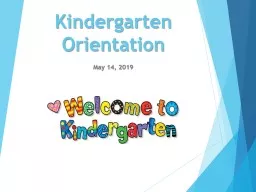
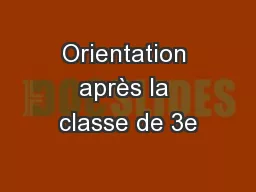
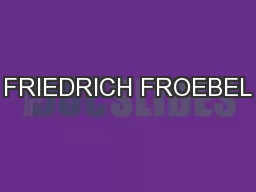
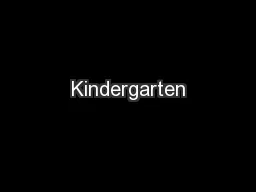
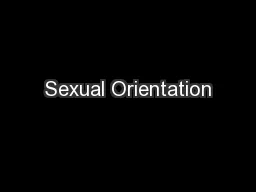
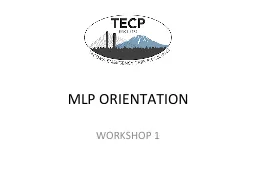
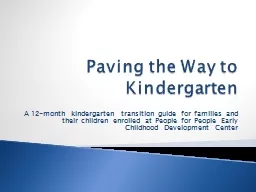
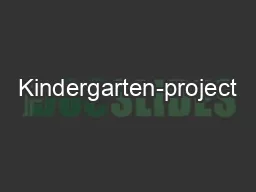
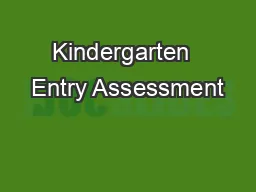
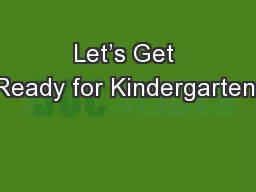
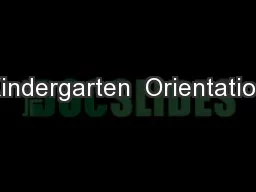

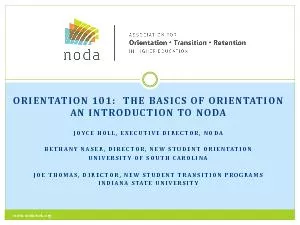
![[DOWNLOAD] kindergarten Teacher Gift: kindergarten Teacher Notebook and Journal for Appreciation](https://thumbs.docslides.com/1005485/download-kindergarten-teacher-gift-kindergarten-teacher-notebook-and-journal-for-appreciation-gift-thank-you-retirement-100th-day-of-school-end-of-school-year-present-idea-for-kindergarten-teachers.jpg)